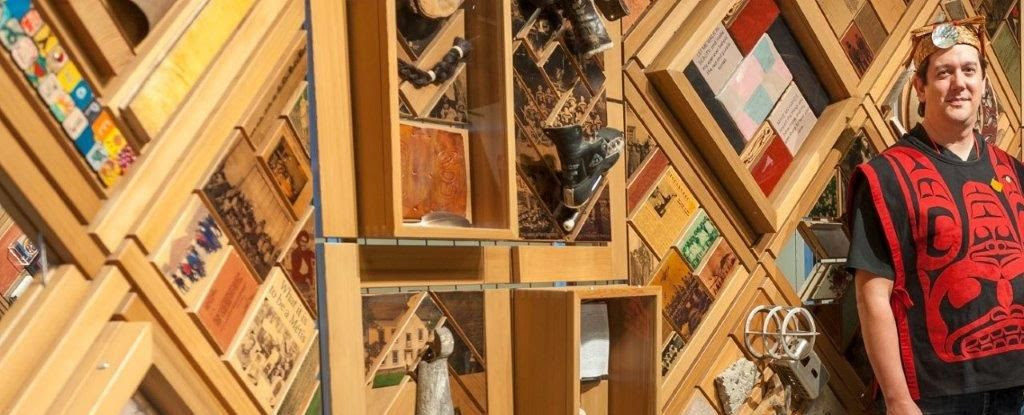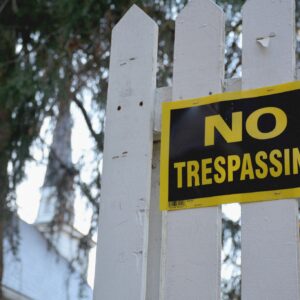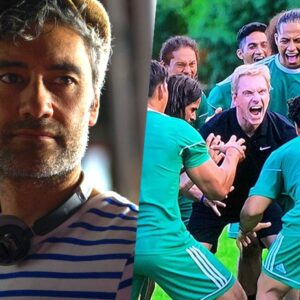
Winnipeg — Last month The Canadian Museum for Human Rights (CMHR) hosted the national launch of a book that explores the epic quest to gather items from over 130 sites of Indian residential schools for the Witness Blanket, a monumental art installation by master carver Carey Newman (Ha-Yalth-Kin-Geme).
And when the CMHR wanted to display Newmans work, he set out to redefine the relationship between artist and institution.
Dozens of people were asked to witness a historic event taking place at the traditional community gathering place, located between Courtenay and Comox, B.C: an oral ceremony that was making Canadian legal history.
For the first time, a federal Crown Corporation had ratified a legally binding contract through Indigenous traditions; written documents and an oral ceremony were given equal weight in the contract. It is, as the artist who made the work at the centre of the contract said, an agreement that lives in two worlds – in traditional Indigenous ways, but written in “Western contract legalese.”
The event concerned The Witness Blanket, a monumental installation by artist Carey Newman, who is Kwagiulth from the Kwakwaka’wakw Nation and Coast Salish from the Sto:lo Nation. The 12-metre cedar-framed multi-panelled work is a memorial and tribute to residential-school victims and survivors, made with more than 800 items collected from survivors, descendants and sites of former residential schools, churches and other relevant institutions.
The groundbreaking agreement vests legal rights with the artwork itself – not the artist who made it, not the museum where it will now live. The rights belong with The Witness Blanket and the stories it carries.
In conversation with CBC broadcast journalist Shelagh Rogers, Newman and co-author Kirstie Hudson will share the remarkable and emotional process of Picking up the Pieces. Rogers, who is Chancellor of the University of Victoria, was also an Honorary Witness to the Truth and Reconciliation Commission of Canada.
Newman, a renowned Kwakwaka’wakw and Coast Salish artist, began the project to honour his father — a residential school survivor — and bear witness to the stories of the children. He and his team travelled over 200,000 kilometres across Canada, met over 10,000 people and collected over 800 pieces of history – from bricks and doors to shoes and dolls, skates and badges, straps and braids. They have been embedded in the Witness Blanket, an artistic installation assembled from pieces of cedar and inspired by woven and patchwork blankets.
Newman’s agreement brings an Indigenous lens to the relationship between artist, work and museum, and in the process overturns the traditional non-Indigenous model.
He doesn’t put it on the same level as treaties. It’s about an art installation, not land, laws and nations.
But treaties played a large role as Newman thought about the relationship between the museum, the work and himself.
The evening included a book signing, with copies available for sale. The book, published by Orca Book Publishers, is also available online and in the Museum’s Boutique.
A work of national significance, the Witness Blanket provides a tangible framework for conversations about the genocide of Indigenous peoples in Canada. Newman and the CMHR this year forged a historically unique agreement for its lodging, protection and use.
It is now being restored at the CMHR after touring extensively (including exhibition at the CMHR in 2015-16), while a reproduction continues to tour the country.












If you are visiting Winnipeg, this is a must-see. Powerful and thought provoking.